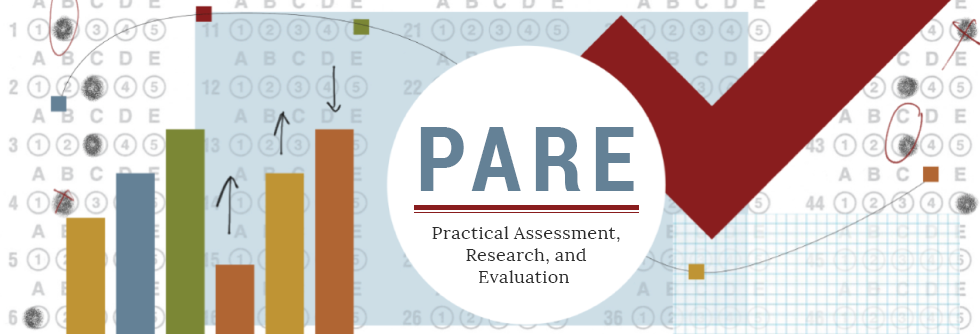Analyzing Group Level Effects with Clustered Data Using Taylor Series Linearization
DOI
https://doi.org/10.7275/ntnk-d929
Abstract
Clustered data (e.g., students within schools) are often analyzed in educational research where data are naturally nested. As a consequence, multilevel modeling (MLM) has commonly been used to study the contextual or group-level (e.g., school) effects on individual outcomes. The current study investigates the use of an alternative procedure to MLM: regression using Taylor series linearization (TSL) variance estimation. Despite the name, regressions using TSL are straightforward to conduct, can yield consistent and unbiased estimates and standard errors (given the appropriate conditions), and can be performed using a variety of commercially- and freely-available statistical software. I analyze a subsample of the High School and Beyond (HSB) dataset using MLM, regression using TSL, and ordinary least squares regression and compare results. In addition, 12,000 random samples are drawn from the HSB dataset of varying level-one and level-two sample sizes in order to compute biases in standard errors based on the different conditions. Sample R and SAS syntax showing how to run regressions using TSL are provided Accessed 5,000 times on https://pareonline.net from November 11, 2014 to December 31, 2019. For downloads from January 1, 2020 forward, please click on the PlumX Metrics link to the right.
Creative Commons License

This work is licensed under a Creative Commons Attribution-NonCommercial-No Derivative Works 4.0 International License.
Recommended Citation
Huang, Francis L.
(2019)
"Analyzing Group Level Effects with Clustered Data Using Taylor Series Linearization,"
Practical Assessment, Research, and Evaluation: Vol. 19, Article 13.
DOI: https://doi.org/10.7275/ntnk-d929
Available at:
https://scholarworks.umass.edu/pare/vol19/iss1/13
